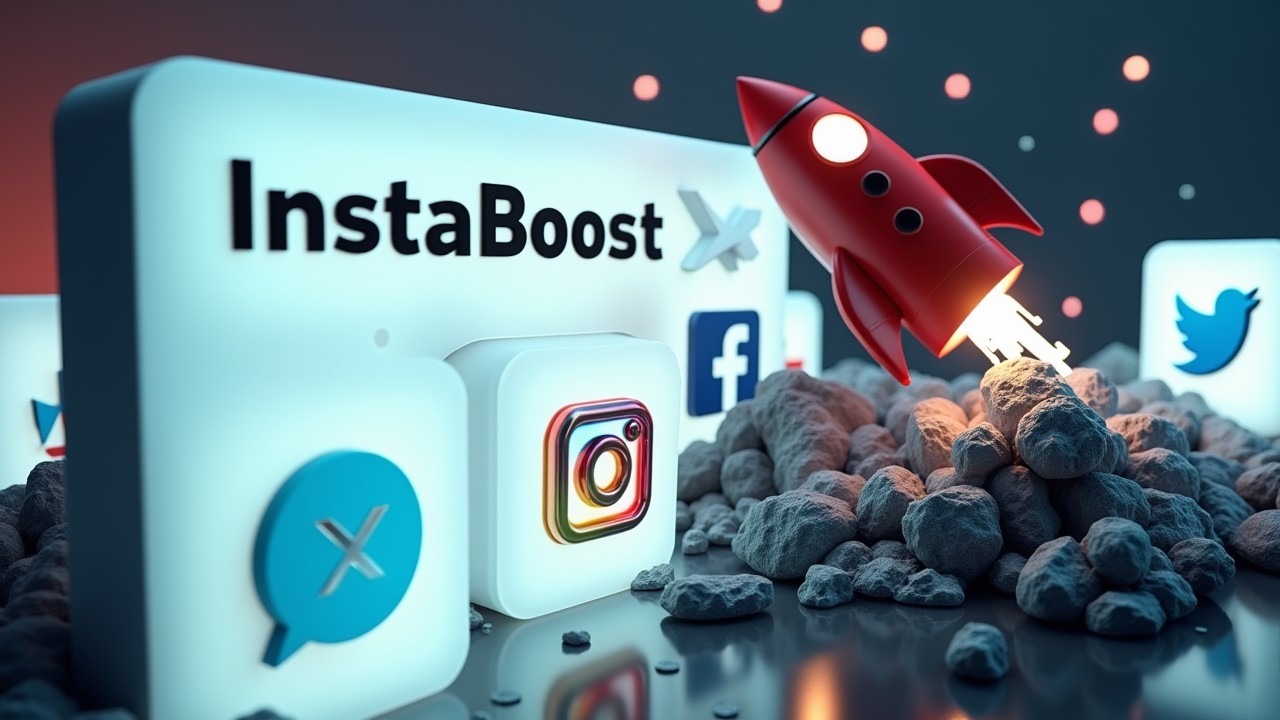How To Find Who Unfollowed You On Twitter
How to Find Who Unfollowed You on X (Twitter)?
Tracking unfollows is a practical monthly housekeeping task. Check for follower drops regularly, note when they occur, and compare that timing with your recent posts to spot patterns. Occasional inaccuracies or delays can happen, but consistent reviews help distinguish normal churn from content-driven shifts. Tighten topics and reduce off-theme posts to stabilize your follower line, and use those signals to guide focused tweaks for steadier growth.
Buy X Followers Again → https://instaboost.ge/en/buy-twitter-followers
Why Unfollows Are a Signal, Not a Setback
If you’re trying to see who unfollowed you on Twitter, treat it less like a sting and more like a diagnostic. Unfollows are feedback at scale. They often cluster around certain posts, formats, or timing, and that pattern shows you what your audience actually values. The smartest path is a light, repeatable routine – check for drops weekly, tag notable content changes, and compare against clean analytics. When you spot a dip, pair it with retention signals. Which tweets held attention, earned real comments, or sparked shares?
That contrast turns a raw count into an action plan. Tools can help, from Twitter’s native analytics to reputable third-party trackers that surface unfollower lists and time windows. They work when they’re matched to your goals, measured against campaign periods, and used with safeguards like privacy, read-only access, and exportable data. If you run paid accelerants – targeted promotion, creator collabs, or trials with a platform like INSTABOOST – monitor unfollows in the same window to see if the new traffic fits your lane. A spike in disengaged followers isn’t failure. It’s a fit problem you can tune by tightening topics, trimming post frequency, or clarifying your hook in the first line.
One non-obvious insight: the quiet unfollow often follows a good tweet that’s off-brand – high engagement, wrong magnet – so your wins can cause churn if they attract the wrong crowd. Anchor around a clear theme, keep experiments bounded, and treat unfollower tracking as a monthly housekeeping ritual, and if you’re comparing toolsets during a Twitter follower audit, note how some “fast growth” services mirror the dynamics of a fast X profile boost without necessarily improving retention. Over a few cycles, you’ll see steadier lines because you’re not chasing everyone – you’re keeping the right ones.
Proof Before Panic: Simple Ways to Verify Unfollows
You don’t need a bigger audience – just a clearer message. If you’re learning how to find who unfollowed you on Twitter, start by separating clean data from gut reactions. Twitter’s native Follower analytics show net change, not names, so pair a weekly export of your followers list with a lightweight tracker – a spreadsheet or a reputable tool – to compare deltas over time. Third-party apps can speed this up, and they work best when you choose qualified vendors that respect API rules, ask for minimal permissions, and explain their methodology. Shortcuts with vague sourcing can create false positives that slow your testing loop.
The credibility move is triangulation. Map unfollow spikes to specific posts, time blocks, and formats, then cross-check with retention signals like average watch time on videos, tap-through on carousels, and real comments that reference the content. When you run targeted promotion, tag it – paid reach can grow the top of the funnel while masking fit. You want to see whether promoted impressions correlate with later unfollows or if creator collabs hold attention better. If you use a trial from a tool like INSTABOOST or a similar service, treat it as an accelerant, not autopilot, and remember that even services people use to buy twitter followers can distort signals if you aren’t logging pre/post lists and isolating variables.
Document pre and post follower lists, note meaningful content changes, and measure for two weeks to confirm repeatable patterns. This keeps the “who unfollowed” list actionable instead of emotional. One crisp insight: the first 24 hours after a topic shift tell you more than a month of generic growth. If a new theme triggers exits among older followers but attracts high-retention newcomers, that isn’t churn – it’s pruning. Keep the ones who stay, refine your message, and you’ll turn unfollows into a cleaner, more responsive audience.
From Names to Next Moves: Turn Unfollows into an Optimization Loop
Every scalable result I’ve seen comes from this shift. Once you’ve verified who unfollowed you on Twitter with a weekly follower export and a reputable tracker, move from counting to testing. Tag each unfollow window with what changed – topic, format, hook, timing, or thread length. Set a simple cadence: one variable per week, two posts that lean into your retention signals (comments, profile clicks, or saves), and one controlled experiment that tweaks a single element. If a spike in unfollows clusters after off-topic memes or vague thought leadership, narrow your lane and make your promise explicit in the bio and the first line of each post.
If carousels hold followers but late-night threads leak them, keep the format and fix the slot. Targeted promotion works when it’s matched to intent; some teams even note how paid pulses compare to organic holds when they test likes pack for X posts against warm audience sampling. Pair this with creator collabs that share your audience’s problem set. Co-posts with overlapping topics often reduce unfollow volatility because expectations align. Add safeguards: archive any post that triggers repeat drops, cap CTAs to one per tweet, and track moving averages so a single day doesn’t whipsaw your plan. The non-obvious advantage is that unfollow data shortens your learning loop. Every loss clarifies the boundary of your positioning, and that clarity steadies the line. Over a month, your “who unfollowed me” checks shift from a sting to a reliable compass for content strategy.
Disclaimer:
The information in this article is provided for educational and informational purposes only. It does not promote, endorse, or guarantee any third-party services, including follower tracking or social media growth platforms such as INSTABOOST. Readers should use third-party tools responsibly, ensuring they comply with X (Twitter)’s official terms of service and privacy policies. The author and publisher are not affiliated with Twitter or any external service mentioned, and are not responsible for any account issues, data loss, or policy violations resulting from their use. Always verify the credibility of analytics tools before granting access to your social media accounts.







